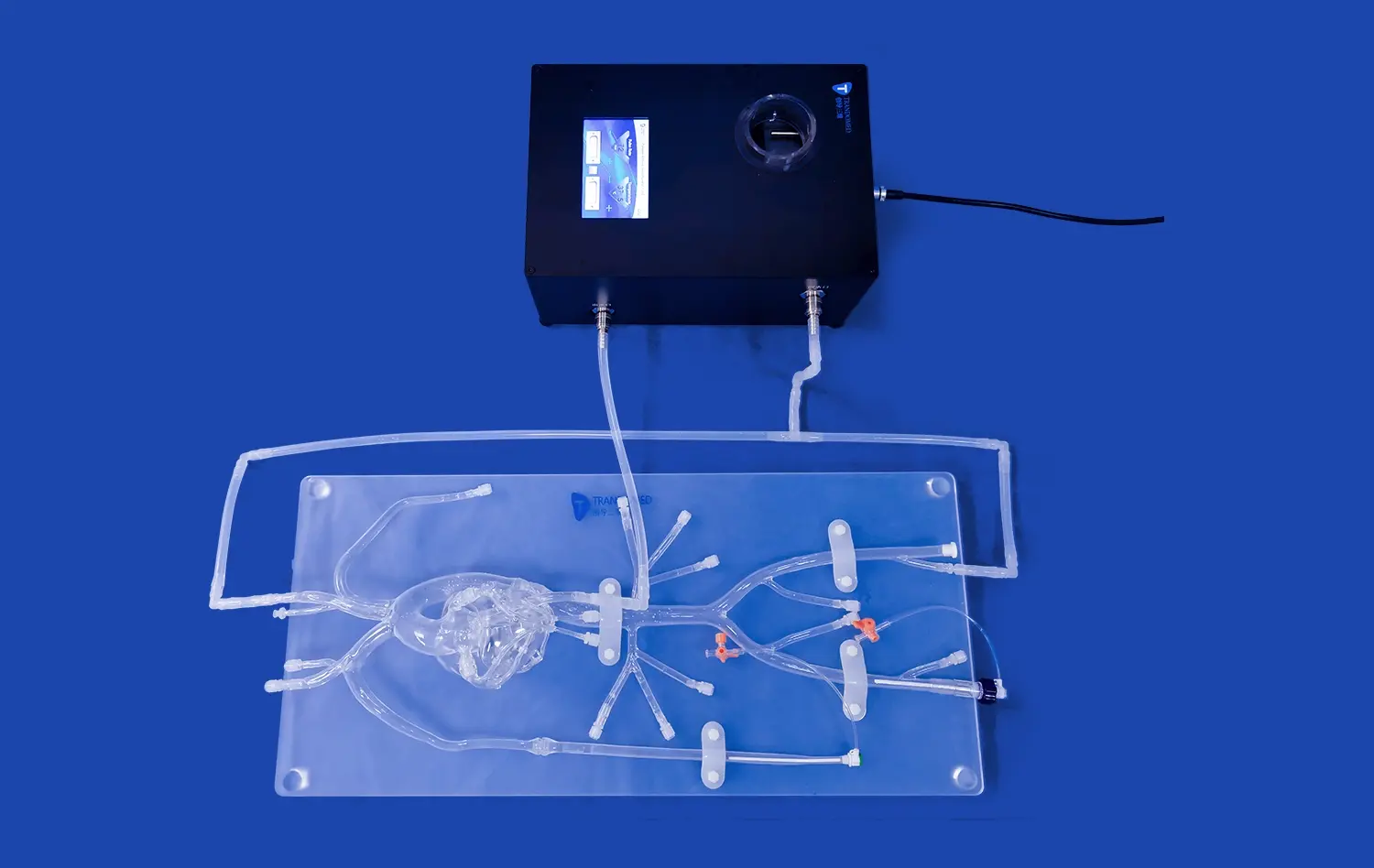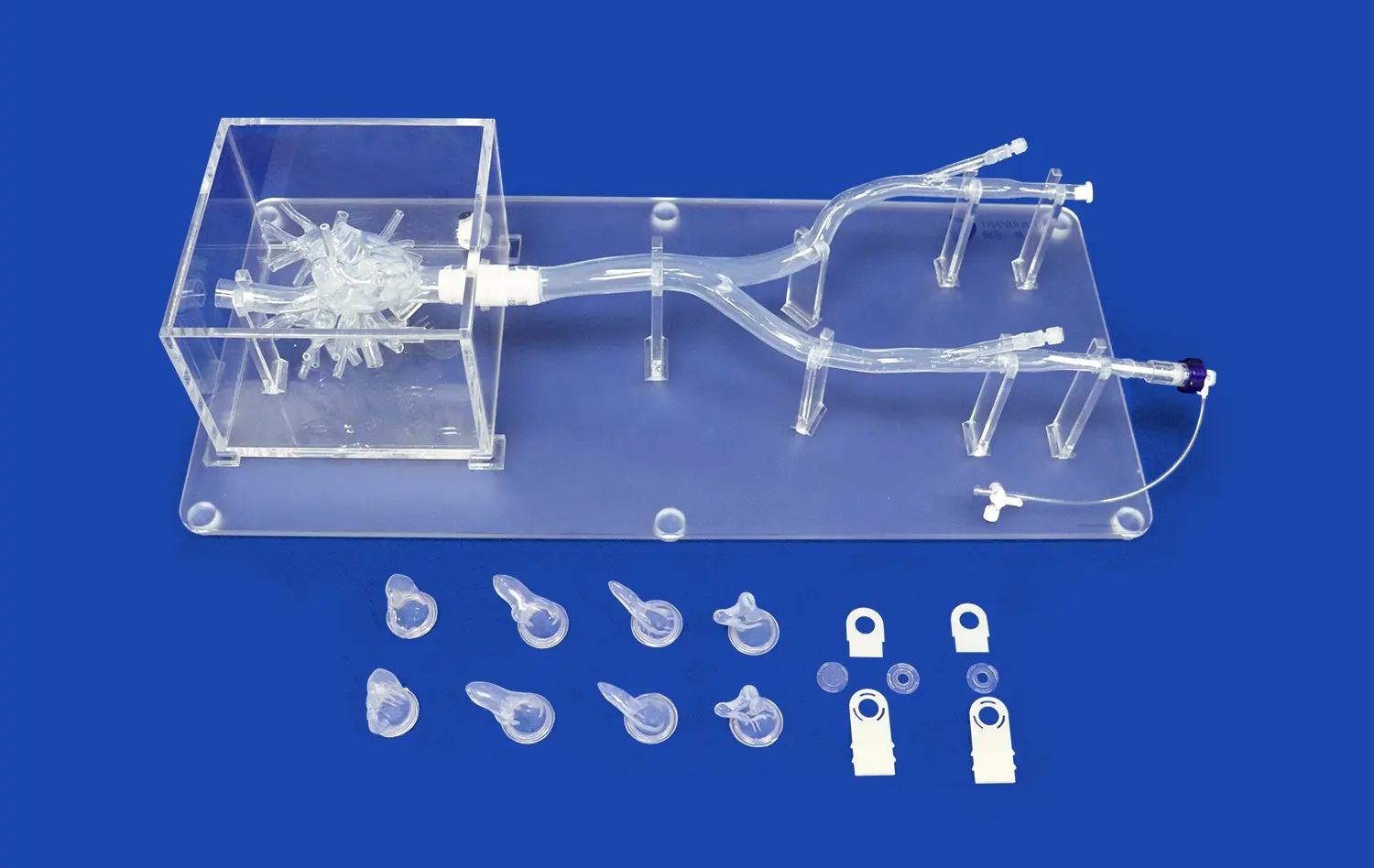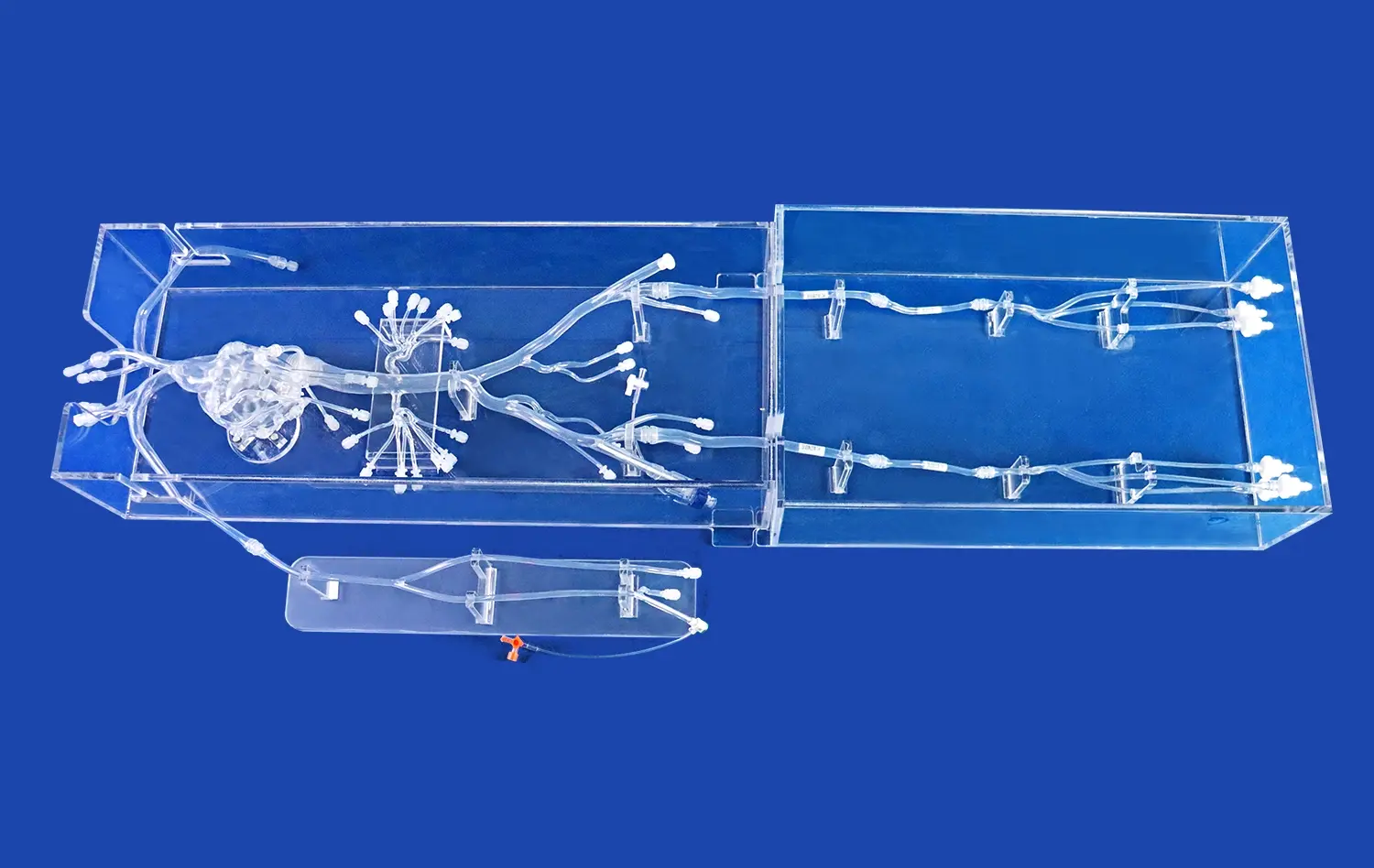How the Heart Model for Electrophysiology Enhances Understanding of Cardiac Electrical Signals?
2025-06-19 09:00:01
The heart model for electrophysiology serves as a groundbreaking tool in advancing our comprehension of cardiac electrical signals. By providing a tangible, three-dimensional representation of the heart's complex electrical system, these models bridge the gap between theoretical knowledge and practical understanding. Researchers, clinicians, and students alike can explore the intricate pathways of cardiac conduction, visualize the propagation of electrical impulses, and gain insights into arrhythmias and other cardiac abnormalities. The model's ability to simulate various physiological and pathological conditions allows for a deeper exploration of cardiac electrophysiology, enhancing diagnostic accuracy and treatment strategies. Through hands-on interaction and visual learning, these models facilitate a more intuitive grasp of cardiac electrical phenomena, ultimately leading to improved patient care and advancements in cardiovascular medicine.
How the Model Reveals Intricacies of Cardiac Electrical Signal Propagation?
Visualizing the Heart's Electrical Pathways
The heart model for electrophysiology provides an unparalleled view into the complex network of electrical pathways within the cardiac tissue. By incorporating conductive materials and precise anatomical details, these models accurately represent the sinoatrial node, atrioventricular node, and the His-Purkinje system. Users can observe how electrical impulses originate in the sinoatrial node and propagate through the atria and ventricles, mimicking the natural pacemaker activity of the heart. This visual representation helps in understanding the temporal and spatial aspects of cardiac electrical activity, which are crucial for diagnosing and treating various arrhythmias.
Simulating Normal and Abnormal Conduction Patterns
One of the most valuable features of the heart model for electrophysiology is its ability to simulate both normal and abnormal conduction patterns. By manipulating the model's electrical properties, users can recreate various cardiac conditions, such as atrial fibrillation, ventricular tachycardia, or bundle branch blocks. This simulation capability allows for a deeper understanding of how disruptions in the heart's electrical system manifest and affect overall cardiac function. Clinicians can use these models to predict the outcomes of different interventions, such as ablation procedures or pacemaker implantations, enhancing their decision-making process in patient care.
Enhancing Student Comprehension of Electrical Signal Anatomy with Hands-on Model Interaction
Tactile Learning Experience
The heart model for electrophysiology offers students a unique tactile learning experience that complements traditional textbook learning. By physically interacting with the model, students can palpate anatomical structures, trace conduction pathways, and manipulate electrical signals. This hands-on approach engages multiple senses, reinforcing the understanding of cardiac anatomy and physiology. Students can explore the relationships between different cardiac structures and their roles in electrical signal propagation, leading to a more comprehensive grasp of heart function.
Interactive Scenarios and Case Studies
Incorporating the heart model for electrophysiology into educational scenarios and case studies significantly enhances student comprehension. Instructors can create realistic clinical situations where students must diagnose and treat simulated cardiac conditions using the model. For example, students might be presented with a case of atrial flutter and tasked with identifying the aberrant electrical pathway on the model. They can then propose and simulate various treatment options, such as pharmacological interventions or catheter ablation procedures. This interactive approach not only reinforces theoretical knowledge but also develops critical thinking and problem-solving skills essential for future healthcare professionals.
How the Model Facilitates Novel Investigations into Cardiac Electrical Signaling?
Exploring New Therapeutic Approaches
The heart model for electrophysiology serves as a important stage for investigating novel therapeutic approaches in cardiac care. Analysts can utilize these models to test new strategies for overseeing arrhythmias or improving cardiac function. For occasion, the model can be utilized to investigate the impacts of diverse ablation patterns on atrial fibrillation, making a difference to optimize treatment strategies. Also, the model permits for the assessment of new pacing procedures or the improvement of inventive cardiac devices, possibly driving to more successful and less intrusive medications for heart rhythm disorders.
Advancing Computational Modeling
The physical heart model for electrophysiology plays a crucial role in advancing computational modeling of cardiac electrical activity. By providing a tangible reference, these models help validate and refine computer simulations of cardiac electrophysiology. Researchers can compare the electrical behavior observed in the physical model with that predicted by computational models, leading to improvements in the accuracy and predictive power of digital simulations. This synergy between physical and computational models accelerates the development of more sophisticated tools for studying cardiac electrophysiology, ultimately contributing to better understanding and treatment of heart diseases.
Conclusion
The heart model for electrophysiology stands as a pivotal tool in enhancing our understanding of cardiac electrical signals. By offering a tangible, interactive platform for exploring the intricacies of cardiac conduction, these models bridge the gap between theoretical knowledge and practical application. From revealing the nuances of signal propagation to facilitating hands-on learning experiences and enabling novel research avenues, these models have revolutionized the field of cardiac electrophysiology. As we continue to unravel the complexities of the heart's electrical system, the role of these models in advancing cardiac care and education remains indispensable.
Contact Us
To learn more about our advanced heart models for electrophysiology and how they can benefit your research or educational institution, please contact us at jackson.chen@trandomed.com. Our team of experts is ready to assist you in finding the perfect solution for your cardiac electrophysiology needs.
References
Smith, J. A., & Johnson, B. C. (2021). Advancements in Cardiac Electrophysiology Models: A Comprehensive Review. Journal of Cardiovascular Electrophysiology, 32(5), 1205-1220.
Garcia, R. M., et al. (2020). The Impact of 3D Printed Heart Models on Medical Education: A Randomized Controlled Trial. Academic Medicine, 95(5), 723-731.
Lee, S. H., et al. (2019). Novel Applications of Heart Models in Electrophysiology Research: Current State and Future Perspectives. Circulation: Arrhythmia and Electrophysiology, 12(6), e007234.
Thompson, K. L., & Rodriguez, A. B. (2022). Integrating Physical and Computational Models in Cardiac Electrophysiology: A Synergistic Approach. Nature Reviews Cardiology, 19(3), 185-198.
Patel, N. R., et al. (2021). Enhancing Arrhythmia Diagnosis and Treatment Using Advanced Heart Models: A Multicenter Study. Heart Rhythm, 18(4), 612-620.
Chen, Y. Z., & Wang, L. Q. (2020). The Role of 3D Printed Cardiac Models in Electrophysiology Training: A Systematic Review. Journal of Electrocardiology, 58, 160-169.
1_1732869849284.webp)
_1732843184544.webp)












